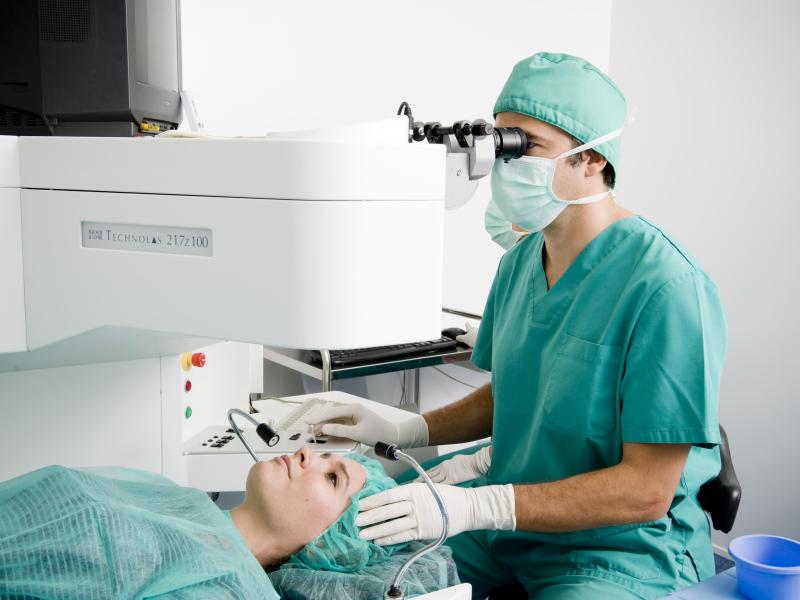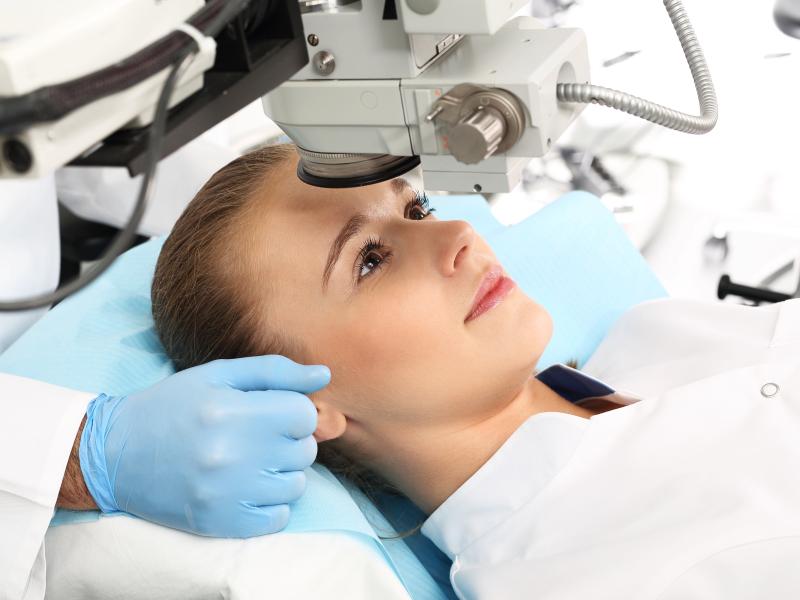Visual impairment is a common condition that affects millions of people worldwide and influences how we perceive the world around us. In recent years, ophthalmology has not been excluded from the technological revolution and the use of the latest cutting-edge technologies. This has made it possible to treat a variety of visual diseases and dynfunctions, restoring sight to many patients and improving their self-esteem and quality of life. In this respect, two emerging innovative methods are particularly noteworthy: Intraocular lens implantation (IOL) and the Presbyond laser.
Both contribute to improving visual capacity to perceive the world by intervening on several components of the eye.
Exploring intraocular lens implant
In recent years, ophthalmic researchers have invented a highly effective technique for visual transformation: intraocular lens implantation. This latter is an effective surgical option for treating several visual disorders, including cataracts, astigmatism and presbyopia. This innovative procedure has emerged as a viable alternative to Presbyond laser surgery, offering remarkable benefits and long-lasting results. Replacing the eye's natural lens with an artificial one helps patients regain clear vision at various distances.This process eliminates the need for glasses or contact lenses.
Intraocular lenses have many advantages, as they aim to:
- Restore vision and correct various vision disorders such as presbyopia, myopia, etc. for clearer vision.
- Eye protection against UV rays.
- Provides distance vision.
Presbyond Laser: A cutting-edge approach to visual transformation
Presbyond Laser is a cutting-edge refractive surgery technique designed to address presbyopia, a condition affecting individuals as they age, leading to difficulty focusing on close objects. Unlike traditional laser eye surgeries like LASIK that primarily correct nearsightedness, farsightedness, or astigmatism, Presbyond laser specifically targets presbyopia.
This innovative procedure combines the benefits of two laser technologies: LASIK and a technique known as PresbyMAX or multifocal ablation. By reshaping the cornea using a laser, Presbyond aims to improve near, intermediate, and distance vision simultaneously, reducing or eliminating the need for reading glasses or bifocals.
Intraocular lens implantation vs Presbyond laser: Which option is right for you?
Presbyopia, worsening near vision with age, prompts considerations for surgeries like Presbyond laser and intraocular lens implants. Understanding age-related needs and risks aids in choosing the right vision correction. Discover the main differences between the two surgeries and the factors that influence the choice of the most appropriate method.
The patient's age at the time of surgery
Presbyopia worsens with age, as the natural lenses have an increasingly difficult time adapting to near vision. As a result, we need glasses with increasingly higher diopters for near vision. Presbyond laser can provide a good near vision for low to moderate diopters. It is a more suitable solution for the age group between 45 and 60 years. On the contrary, intraocular lens implantation can be used by people of all ages, including those who suffer from high levels of age-related diopter.
The type and level of diopters
The result of the operation and the satisfaction with the visual acuity acquired after the operation are influenced by other diopters, in addition to presbyopia. For those who have no other diopters or who are also short-sighted, Presbyond laser is more appropriate. Because of less clear distance vision, which is a consequence of myopia, they will not notice that laser smoothing of the cornea for better near vision will slightly worsen distance visual acuity. For those who suffer from hyperopia as well as presbyopia, intraocular lens implant surgery is more appropriate. However, both procedures are the most recommended for eliminating and correcting astigmatism affecting the eyes.
The risk of developing cataracts
Cataracts are a natural lens disease that occurs with age. The eye's lens becomes cloudy, vision gradually becomes less sharp, and color perception is less vivid. In addition to age, the risk of developing cataracts is also influenced by genetic predisposition. In the elderly and all those who have parents suffering from cataracts, as well as those with initial crystalline disorders already visible on examination, it is more appropriate to opt for the implantation of intraocular lenses. Since in this operation the crystalline lens is removed and replaced with an artificial lens, this procedure also eliminates the possibility of cataracts developing later.






